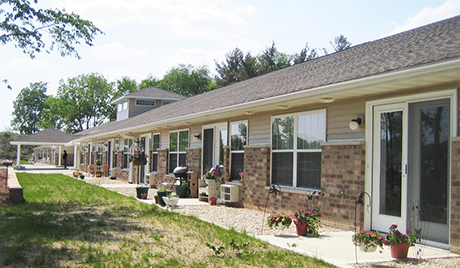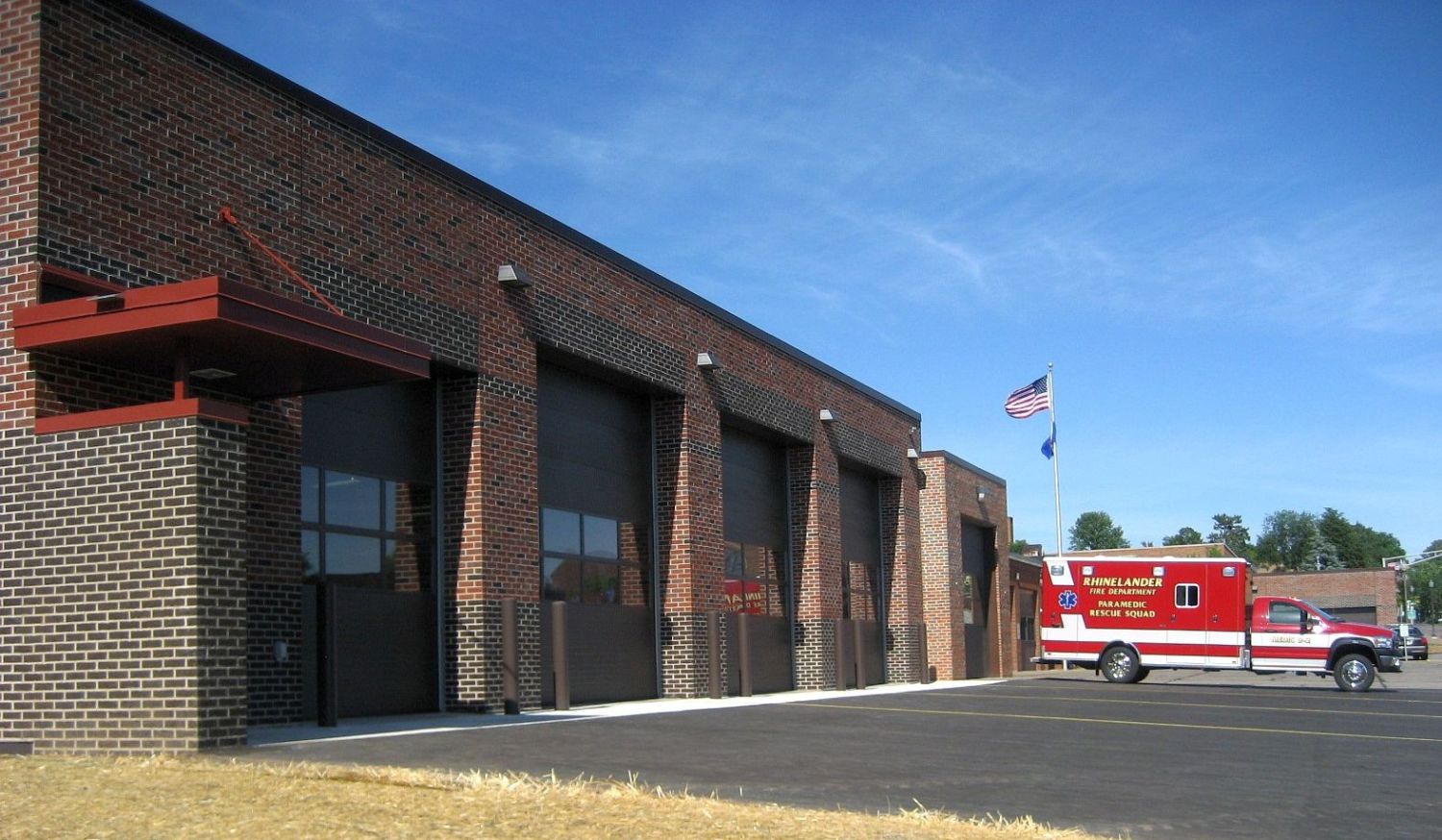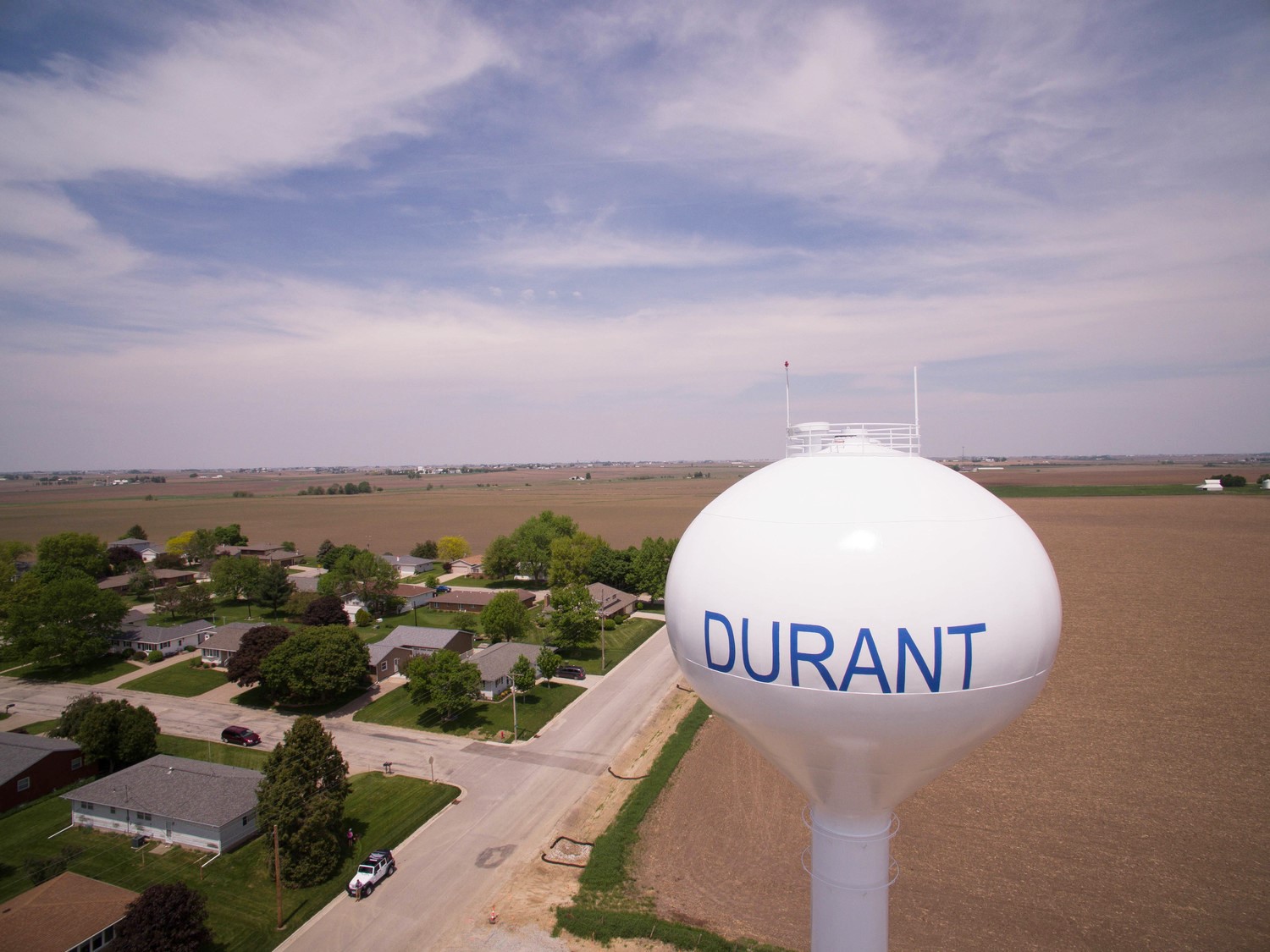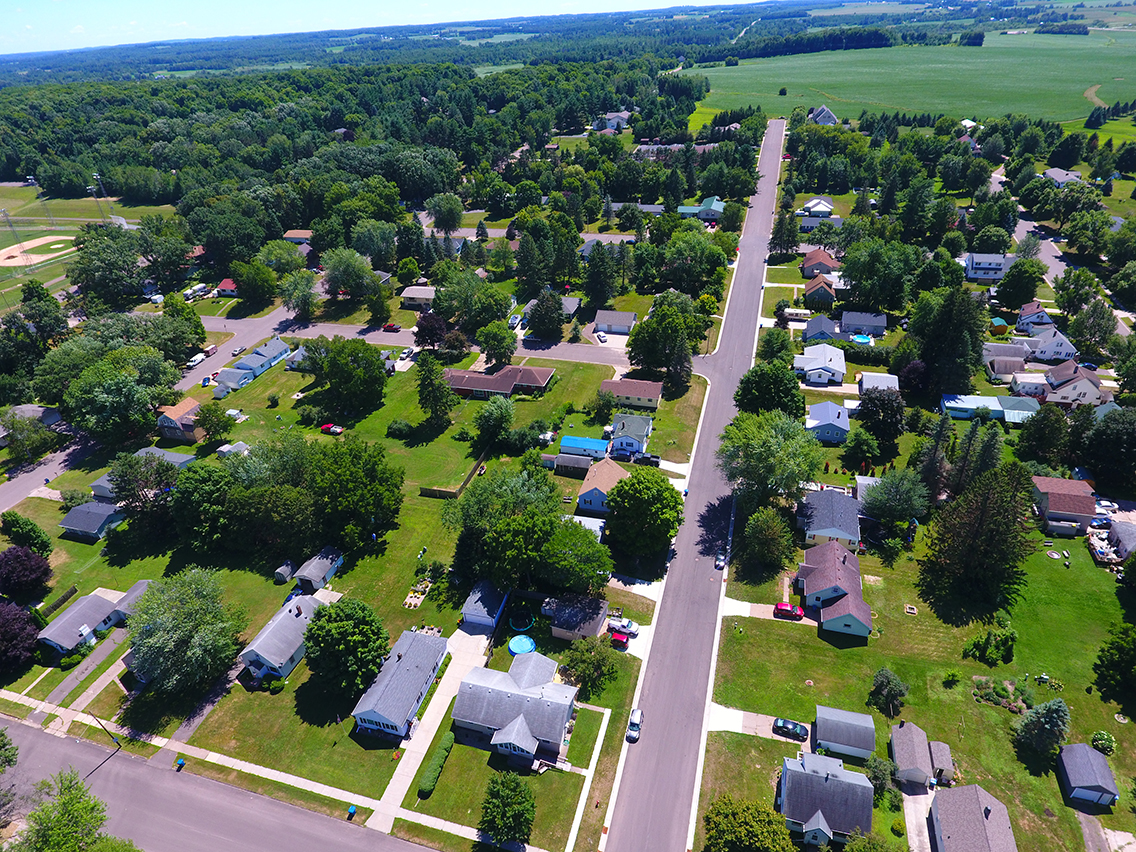Things are changing with the CDBG Revolving Loan Fund (RLF) program. In short, it’s coming to an end. This means that many communities across Wisconsin and Illinois need to take action—and do so in a timely manner—in order to either close out their funds or apply to reinvest in new CDBG-eligible projects.
CDBG closes out Revolving Loan Funds
The Community Development Block Grant (CDBG) program has been in operation and administered by the U.S. Department of Housing and Urban Development (HUD) since 1974. Its primary purpose has been to support the development of viable communities through the provision of decent housing, a suitable living environment and the expansion of economic opportunities – principally for the benefit of persons of low and moderate income (LMI). Many of these grants have trickled down to counties and smaller communities through the CDBG-Economic Development (ED) Revolving Loan Fund (RLF), as administered by each individual state.

In recent years, the program has undergone new scrutiny and audits—and in March of 2018—states were told by HUD program staff that their popular Revolving Loan Fund programs would be reviewed for efficacy. RLF programs had been relied upon by many throughout the 1990s and 2000s, with communities and counties receiving much-needed funds to provide revolving loans to businesses for economic development.
HUD recently determined that they are moving forward to close this program. As of February 1, 2019, the CDBG-CLOSE program is officially in effect, meaning that communities within states that currently administer a Revolving Loan Fund will be required to participate and will have two years to close out their remaining funds, a date established by each state’s Department of Administration.
For Illinois, this close-out must occur by December 31, 2020. For Wisconsin, prior to January 31, 2021.
Project requirements
Communities with RLFs funded with pre-1992 awards will be required to certify the funding date(s) with the Department of Administration (DOA). Once certified, the funds can then be used for defederalized projects. Communities with RLFs funded with post-1991 awards will be required to complete a Closeout Report and then decide how to leverage their accounts for the greatest benefit.

Senior housing and community center in Braidwood, IL.
Once a community has closed out their funds, they are allowed to re-apply to the DOA for those funds to be used as grant toward CDBG-eligible projects. The same CDBG requirements apply to these projects, except this time, there is no required match and they are non-competitive funds. Funded projects must then be completed within two years.
What types of projects can CDBG funds be used for?
- Public infrastructure projects: roads, water, sewer, fire stations, community centers, etc.
- Housing projects
- Planning projects
- Public service projects: job training, food pantries, opioid treatment facilities, etc.
- Public facilities
- Economic development projects
Projects must also meet a national objective, such as providing benefits in the form of housing or jobs for low- and moderate-income individuals, remediation of community slum and blighted areas, or for special purposes such as implementing broadband/high-speed internet or mitigation of natural hazards affecting low-to-moderate income residents.

Police, fire, and EMS building in Rhinelander, WI.
County-city cooperation
Counties can also enter into cooperative agreements in which the county’s CLOSE funds may be used by local municipalities within the same county. Recently, Langlade County in northeastern Wisconsin agreed to provide the City of Antigo access to the county’s CDBG-CLOSE funds. This cooperative agreement allows the City to use the CLOSE funds toward CDBG-eligible projects such as their Fifth Avenue reconstruction project. Combined with potential CDBG Public Facilities (PF) funds, almost 55% of the $4,350,000 project will be covered by grant dollars. MSA assisted with the agreements and CDBG grant application for this collaborative project, an excellent win-win agreement between local entities.
Changes to eligibility and benefits
HUD has also recently updated data related to low-to-moderate income surveys. The new data may change some communities’ CDBG eligibility. Does your community need to take part in the CDBG-CLOSE program? If so, how can you best leverage it to your benefit? Do you know your community’s low-to-moderate income (LMI) percentage? There are many questions to answer and deadlines to meet to ensure you take advantage of this important re-investment opportunity.
For Wisconsin, refer to pages seven and eight of the DOA’s CDBG-CLOSE Guide for a complete list of eligible communities. You can also download the document by clicking on the link located on this page. For communities in Illinois, refer to Section VIII of the 2019 Illinois CDBG Application Guidebook and Forms, also downloadable for your convenience.
As always, our MSA funding team is ready and able to provide any assistance you may need along the way. Navigating the often complex funding waters is what we do – and what we enjoy. If your community is on these lists, contact us today to discuss next steps and optimal solutions. Each community on the list MUST take action, regardless if your community wants to utilize the funds or not. We look forward to lending a hand.

New water tower and system improvements in Durant, IA.

